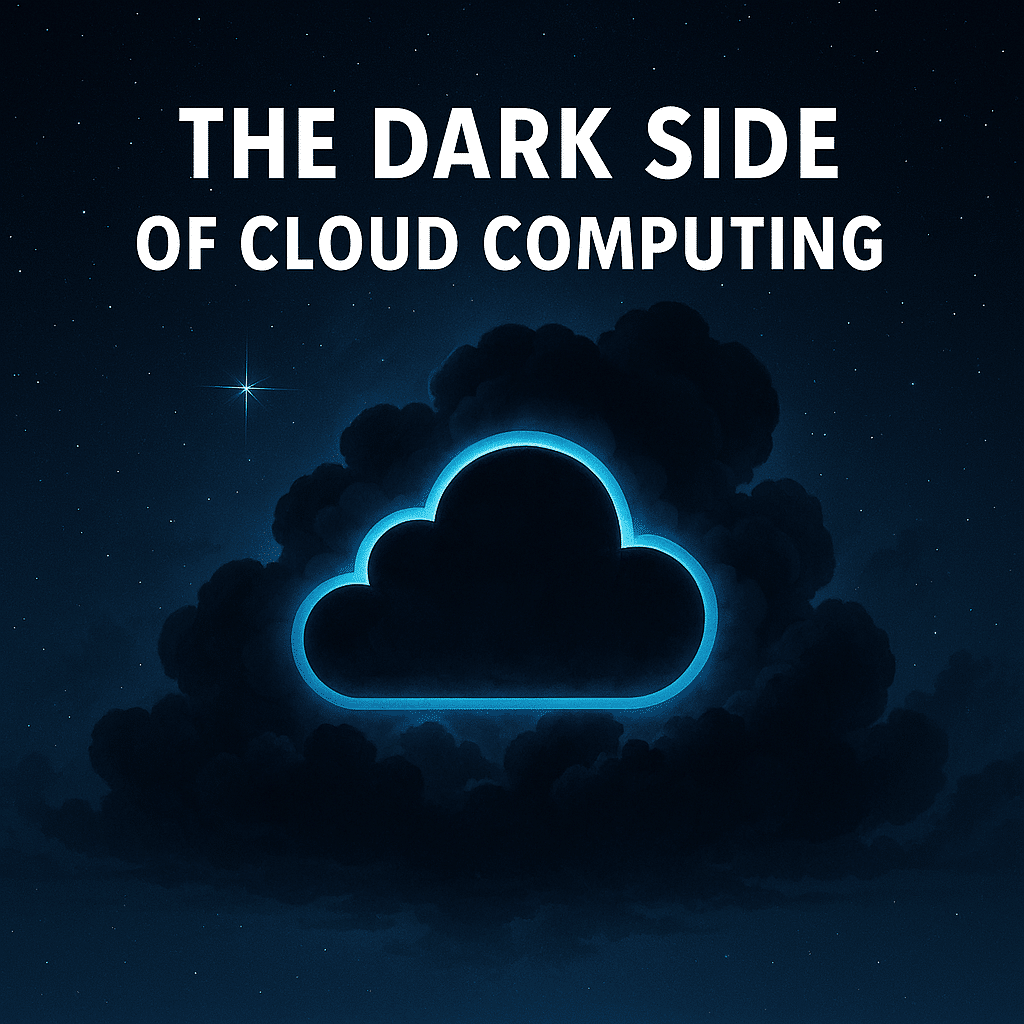The entire enterprise technology space is moving to the cloud. ERP, CRM, HCM, supply chain, and virtually every category of enterprise software now comes with a cloud-first mandate.
But here’s the catch: the cloud isn’t all it’s cracked up to be.
Yes, there are advantages — scalability, automatic upgrades, and standardized processes. But cloud solutions also come with significant risks and limitations that many organizations underestimate. Understanding these risks is essential to planning a successful digital transformation.
Table of Contents
ToggleThe Promise and the Problem of Standardization
Cloud platforms (especially public cloud or multi-tenant SaaS) deliver standardized processes across thousands of organizations. This reduces complexity, enforces best practices, and prevents system “breakage” from heavy customization.
The flip side? Inflexibility.
- Unique business processes are harder to support.
- Customization is limited compared to legacy on-premise solutions.
- Competitive advantages tied to unique workflows can erode when everyone runs the same software.
Low-code and no-code tools have helped, but cloud still requires most organizations to adapt to the software — not the other way around.
Automatic Upgrades: Blessing or Burden?
One of the cloud’s biggest selling points is automatic updates. You always have the latest functionality, without the hassle of installs.
But automatic upgrades also mean you lose control.
- Vendors decide what gets changed, and when.
- Updates can disrupt established processes.
- Some enhancements may benefit the vendor’s broader user base — but not your business model.
Unlike on-prem systems you fully controlled, cloud locks you into a vendor-driven innovation cycle.
The Cost Myth: Cloud Isn’t Cheaper
When cloud solutions first emerged, they were marketed as cost-savers. By outsourcing infrastructure and maintenance to providers, organizations were told they’d cut IT expenses.
Decades later, the reality is clear: cloud is not a guaranteed cost savings.
- Subscription models add up over time.
- Long-term costs are often higher than on-prem.
- Any cost justification must come from added business value, not lower IT bills.
If a vendor promises cloud will save you money, be skeptical.
Vendor Lock-In and Data Control
Cloud solutions shift leverage away from the customer:
- Vendors control your applications, processes, and data.
- Switching costs are higher than ever.
- Exiting a cloud platform can be more disruptive than leaving an on-prem system.
This imbalance creates strategic risk. When all your eggs are in one vendor’s basket, your ability to negotiate, innovate, or pivot shrinks.
Diluted Competitive Advantage
By enforcing industry-standard processes, cloud providers unintentionally flatten differentiation.
For commodity processes like payroll or accounts payable, that’s fine. But for areas where you compete — like unique manufacturing, customer responsiveness, or service innovation — cloud’s sameness can be a liability.
If every competitor runs the same software, where’s the edge?
The Pendulum Swing
Does this mean on-premise will return? Probably not in full. But the pendulum has swung too far toward cloud, and the future will likely be a hybrid middle ground.
- Cloud may dominate commodity processes.
- On-prem or alternative solutions may remain for areas tied to competitive advantage.
- Organizations will need composable, multi-platform architectures to balance flexibility, control, and innovation.
Lessons for Transformation Leaders
If you’re considering cloud, go in with eyes wide open:
- Map out where standardization helps vs. hurts.
- Weigh the true long-term costs, not just vendor promises.
- Plan for change management around vendor-driven updates.
- Protect your competitive advantage with hybrid or bolt-on solutions.
- Negotiate vendor contracts with data ownership and exit strategy in mind.
Learn More
For deeper insights, case studies, and independent reviews of cloud and non-cloud systems, download our 2025 Digital Transformation Report.
🤝 The Executive Mastermind
An exclusive peer network of transformation leaders collaborating on strategy and innovation.
Learn more






